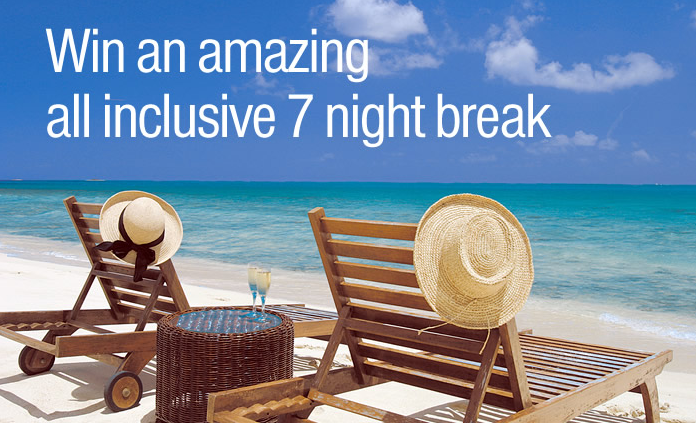Holi-dazed and Confused: Why Jamaica And The Maldives Prove The Traffic Light System Was A Catastrophe
Sources across the media are reporting the traffic light system could be scrapped on October 1. But, we’ll show how, in post-pandemic Britain, travel confidence has been brought to its knees by a combination of complicated rules and frustrating governmental flip-flopping.
Rumours across the travel industry are reporting the traffic light system could be brought to an end in October. With a system based more on traveller vaccination status being preferred instead.
But through a lack of strong governmental guidance and confusing double standards, which can be showcased by looking at the Maldives and Jamaica, British travel confidence is at an all-time low.
So, how did we get here and what do those two nations have to do with it? Let’s take a look back at how Brits wound up so in the dark when it comes to getting some sun.
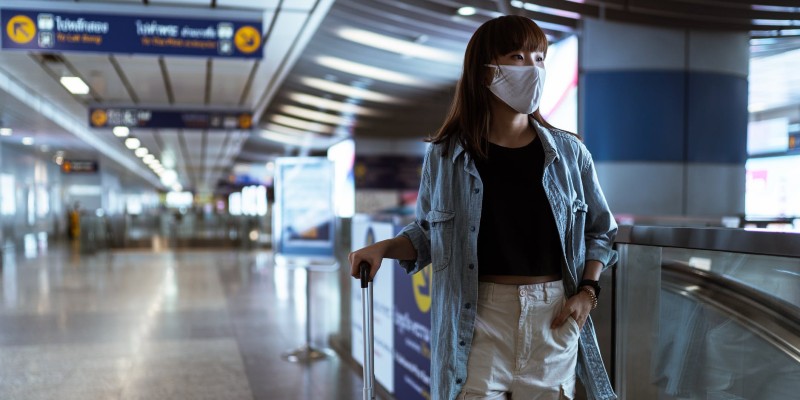
Pandemic overview
Throughout the UK’s pandemic response, travel has been one of the hardest-hit sectors. But, where other industries received packages of tailored support, a sector that creates around 10% of Britain’s GDP was left to fend for itself. And in many ways, is still being told to do so.
In a recent story for The Times, Chris Haslam talked about eight decisions that killed off post-pandemic travel. However, we think the confusing nature of governmental advice can be summed up by the fortunes of two nations in particular: Jamaica and The Maldives.
But where did it all go wrong in the first place?

Traffic lights, taskforces, and testing debacles
Way back in October 2020 Matt Hancock and Grant Shapps announced the formation of a Global Travel Taskforce (GTF) who were set the target of developing “a global framework to make travelling easier”.
The industry took a cautious sigh of relief at this point, thinking everything would be under control and a safe, balanced system would be implemented. What we got instead was a series of confusing updates and changeable information.
However, it wasn’t all bad for the GTF. They did give us the Test to Release system which would enable travellers from amber list countries, on the later announced traffic light system, to cut short their quarantine time on their return to the UK.
Which brings us to our next couple of confusions, testing and traffic lights. At many points in the plan for post-pandemic travel life, these two elements would sit hand in hand.

Testing trauma
One major barrier to creating a return to travel that worked for all has been the cost of testing. Because there were no initial regulations surrounding pricing and test quality, seemingly, anyone with a passable amount of space could set up a test centre and charge made-up fees. This debacle resulted in test costs ranging from £50 to £399 depending on supplier.
Some destinations need PCR tests to be completed before travel and on arrival. Couple this with the UK’s own entry requirements which include at least two tests for those returning from green list nations – whether vaccinated or not. The unfortunate upshot was families saw the cost of their break rise exponentially.
Sajid Javid has now called for an audit on test charges, which could mean prices are brought more in-line and subsequently regulated. But while checks will be made on testing, one source of constant confusion remains – the traffic light system.
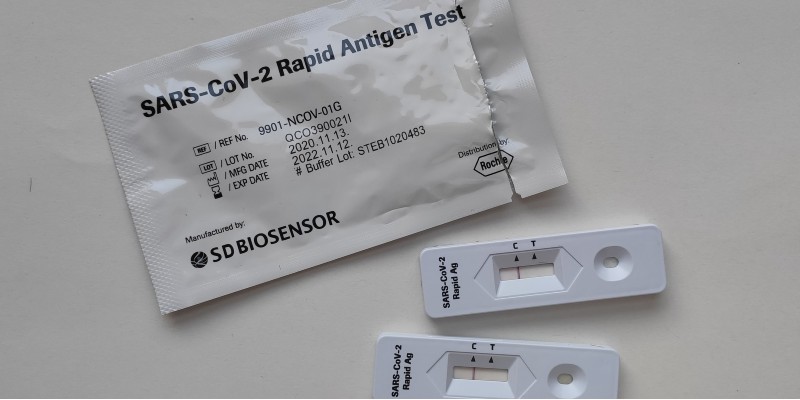
The world’s most colourful traffic light
It may be, seemingly, on its way out. But for months the government’s traffic light system encouraged confusion and, ultimately, damaged travel confidence in the UK. But let’s go back to where it all began for this maligned framework.
Prior to the traffic light system, the Department for Transport implemented a series of “travel corridors” which allowed UK residents quarantine-free travel to nearly 60 countries. But when Spain’s corridor was removed with just six hours notice, chaos ensued at the airports and the corridors were binned. Replaced by the, just as confusing, traffic light system.
On the face of it, the system would offer clear guidance on which countries Brits could holiday in and what was required, from a testing perspective, on your return to the UK. The government outlined that the designation of a country would depend on a world of different data. Local infection rates, vaccination uptake, and genomic sequencing to check for other variants of concern were just some of the criteria put in place.
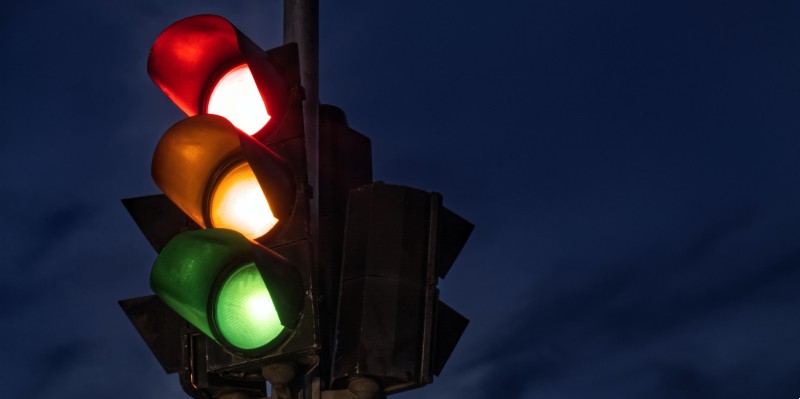
However what we received was a traffic light which, at one point, had five colours: red, amber-plus, amber, green watchlist, and green. As well as, seemingly, not utilising its own rules when categorising countries, while just 5 per cent of test results were genomically sequenced in the first three weeks of July.
Not to mention the fact that the traffic light system seemed to work completely independently to the FCDO advice, the source used by insurance companies when deciding whether to provide travel cover – but more on that in a second.
On top of all that, countries then seemed to change colour at the drop of a hat. One example happened when Portugal was added to the green list on 3 May, just in time for the Champions League football final. Only to be turned back to amber, without warning, on 3 June. This alteration, again, caused panic at the borders and resulted in a mad dash for flights back to the UK ahead of the hastily announced deadline.
But these issues with country classification have continued to dog the much-maligned system. Let’s look at how Jamaica and The Maldives prove the system didn’t follow its own parameters for movement.
So what about Jamaica & The Maldives?
The traffic light system is so veiled in vaguery it’s no wonder traveller’s confidence has been knocked. In fact, even travel update announcements pertaining to changes in the system have become a guessing game as to a) when the update will come? – after we’ve seen announcements in the morning, at 5pm, and even at 10pm b) what will be in the update? c) will it come via a television announcement or consigned to 280 characters on Twitter, like a throwback to Trump-times.
But, when the updates have come, the overriding message is generally underwhelming. Many try, every three weeks, to guess or assess through numbers what will happen. However, more often than not, the estimates and experts are wrong.
This boils down to one key issue – transparency. How can we trust a system, when we don’t know how it works? There’s been precious little confirmation from Number 10 surrounding how nations are classified on the list. Jamaica and the Maldives are testaments to that fact.

Jamaica
Like many places across the world, COVID case rates in Jamaica have fluctuated over the past year. But the island has only recorded a total of 72,824 cases and 1,646 deaths* since the start of the pandemic. Nevertheless, Jamaica still finds itself on the amber list.
Whereas, European destinations like Denmark (350k cases and 2,594 deaths*), Croatia (379k cases and 8,385 deaths*) and Germany (4.04 million cases and 92,463 deaths*) have since been added to the green list. More confusing still, when it comes to Jamaica, the government have their reasons for keeping them on the amber list (which we’ll probably never know). However, the current FCDO advice for Jamaica is cautioning against “all but essential travel”.
That FCDO advice means insurance companies will not cover trips to the island, but the government’s own system is saying that this destination is safe to visit. It’s easy to see why we’re getting increasingly baffled.
In addition, those numbers around infection and death rates look even more confusing when you consider a country like India which was ravaged by the virus. India has recorded 33.1 million cases and 441k deaths* since the start of the pandemic and still sit second on the list of most cases and deaths per country. However, in a baffling twist, one of the more recent announcements saw India moved from the red to the amber list.
Maldives
Yet, since the start of the pandemic, The Maldives who have seen just 82,264 cases and only 227 deaths* find themselves on the UK’s red list.
In addition to boasting low infection and death rates, the Maldives can also claim to have fully vaccinated over half its population. In fact, as of 5 September, the Maldives had vaccinated 57% of its population, while 73% have received their first jab.
Concern over the Maldives may, previously, have been due to its proximity to India. But that must now be reconsidered. Another factor in keeping the atolls in the red is the ability for visitors to spread the virus across a wide area of islands via boat tours. However, the main concept behind taking an idyllic break to the Maldives is its rustic charm. Open-air bars and restaurants are prevalent in the country, even most resort en-suite bathrooms are open to the elements to some degree.
You have to feel that this open-air culture, coupled with their low cases and rising vaccination rate, the islands should definitely not be held on the red list any longer. Surely we’ve gone beyond the realms of safety first.
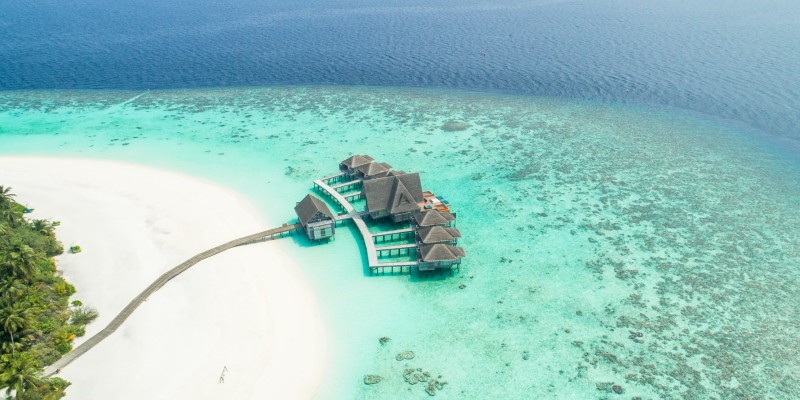
In conclusion
There can be no doubt, travel confidence in UK has been dealt a hammer blow of late. The constant rule changes and lack of transparency coming from those making the decisions is damaging the industry further.
With tailored assistance looking like being withheld, it seems many more travel businesses are doomed to fail before the end of the year.
While Blue Bay remain in a strong condition, we can’t help but look out across the industry landscape and feel for our holiday brethren.
Never before has the sector faced adversity like this, especially with such a lack of forthcoming governmental guidance or support. With that in mind, there’s never been a better time to get your holiday in the books and support your local agent. Because the final insult to the industry would be a lack of product and soaring flight prices, resulting in us falling further behind the rest of the world’s tourism offering.

